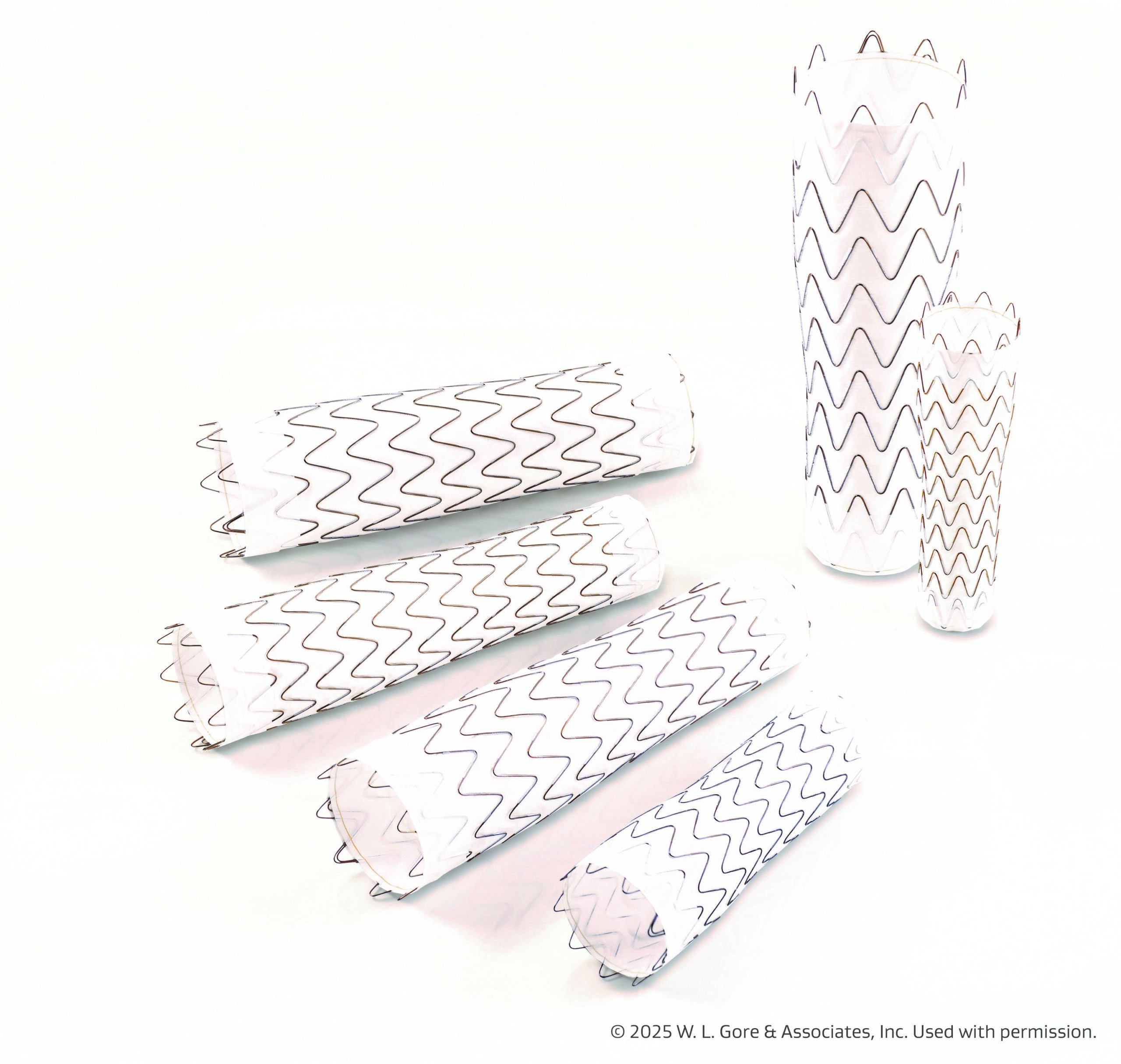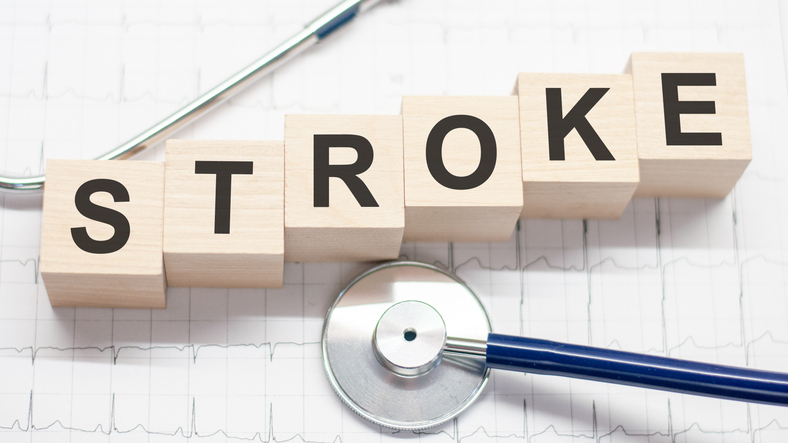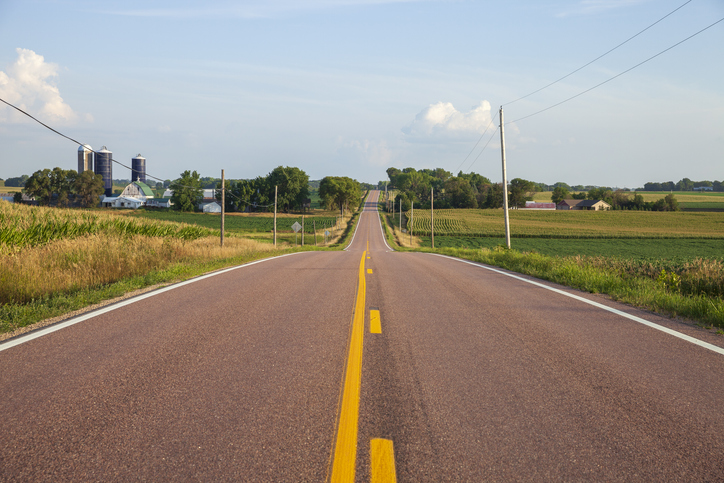
Selfies For Coronary Artery Disease Diagnosis?
This paper was a multicenter, cross-sectional study of patients undergoing coronary angiography or CT angiography for suspected coronary artery disease at nine sites in China. The analysis included 5,796 consecutively enrolled patients who were randomly assigned to either training (n=5,216) or validation (n=580) groups for the development of the algorithm. According to the results, using the operating cut point with high sensitivity, the detection algorithm had a sensitivity of 0.80 and a specificity of 0.54 in the test cohort (AUC was 0.730; 95% CI, 0.699 to 0.761). “To our knowledge, this is the first work demonstrating that artificial intelligence can be used to analyse faces to detect heart disease,” the authors wrote.
https://www.docwirenews.com/docwire-pick/cardiology-picks/can-a-selfie-help-detect-coronary-artery-disease/
–
Yoga Offers Symptom Improvement In Some Patients With Heart Problems
This study included 538 patients with AFib enrolled between 2012 and 2017, with patients serving as their own controls. Patients engaged in no yoga for a period of 12 weeks, and then for the next 16 weeks attended a half-hour yoga session every other day. These classes included postures and breathing exercises. The results suggested that patients experienced and reported significant improvements in all studied areas over the 16-week yoga period in comparison with the 12-week non-yoga period. Patients experienced on average 15 symptomatic episodes of AFib in the non-yoga period versus eight in the yoga period. The authors also reported an 11/6 mm Hg reduction in average blood pressure after yoga training.
https://www.docwirenews.com/docwire-pick/cardiology-picks/yoga-improves-symptoms-in-patients-with-atrial-fibrillation/
–
Occupational Exposure to Pollutants and Heart Problems Among Latino/Hispanic Workers
This analysis included employed participants (n=782; 52% women, mean age, 52.9 years). The authors looked at occupational exposures such as burning wood, vehicle exhaust, solvents, pesticides, and metals using a questionnaire. According to the results, burning wood at the current occupation was associated with increased left ventricular (LV) diastolic volume (P=0.002), and when the analysis was restricted to longest-held job, occupational exposure to burning wood was associated with decreased LV ejection fraction (P<0.0001), worsened LV global longitudinal strain (P=0.0009), and decreased right ventricular fractional area change (P<0.001).
https://www.docwirenews.com/docwire-pick/cardiology-picks/pollution-occupational-exposure-latino-hispanic-adults-cardiac-structure/
–
How Frequent Nightmares Can Affect Your Heart
This study included almost 4,000 veterans serving one or two tours of duty since September 11, 2001. Previous research has noted relationships between post-traumatic stress disorder (PTSD), sleep, and cardiovascular disease. Sleep-disrupting nightmares, the authors noted, were the “hallmark” symptom of PTSD. About 33% of the participants reported frequent nightmares. Frequent nightmares were associated with heart problems (P=0.006), high blood pressure (P<0.0001), and heart attacks (P=0.007) after adjustment for age, sex, and race. The associations remained after adding PTSD to the model.
https://www.docwirenews.com/docwire-pick/cardiology-picks/nightmares-ptsd-risk-factor-for-cardiovascular-disease/
–







 © 2025 Mashup Media, LLC, a Formedics Property. All Rights Reserved.
© 2025 Mashup Media, LLC, a Formedics Property. All Rights Reserved.